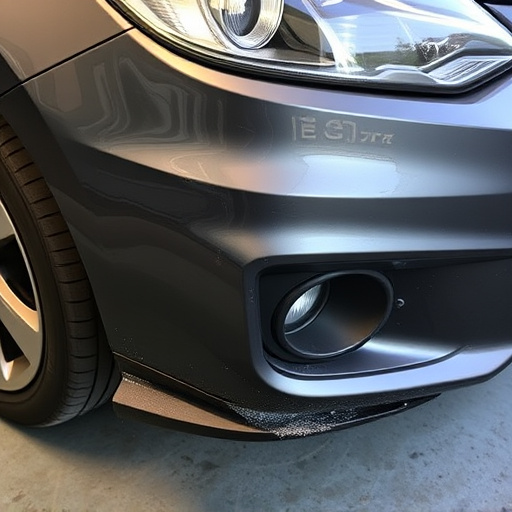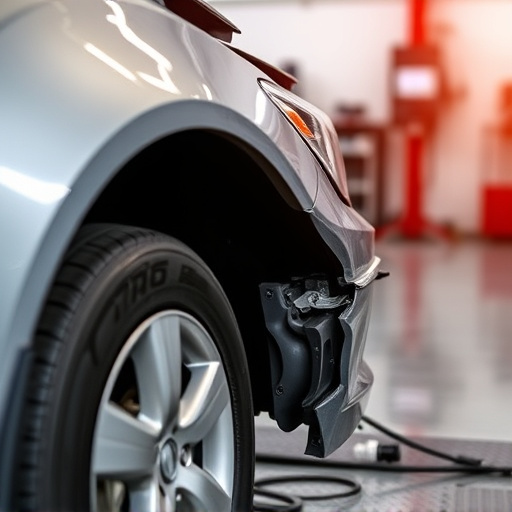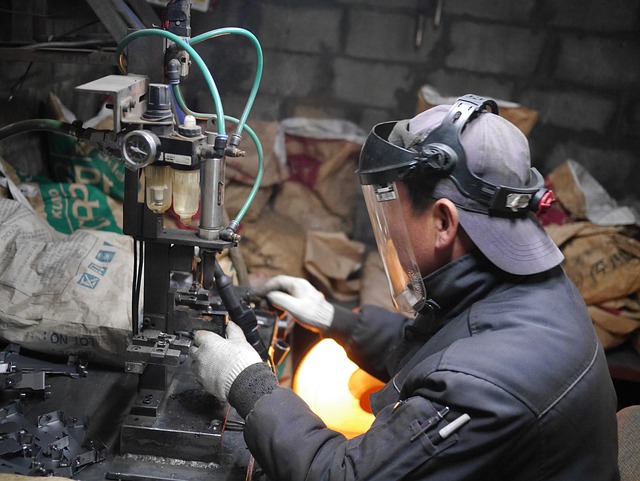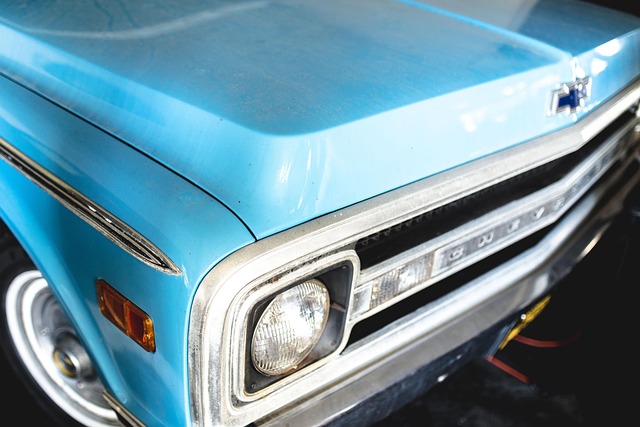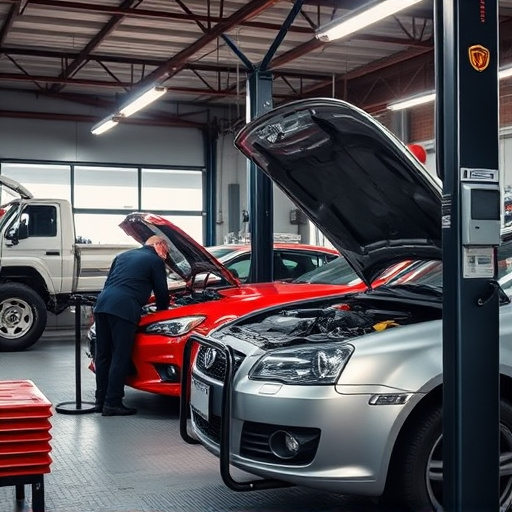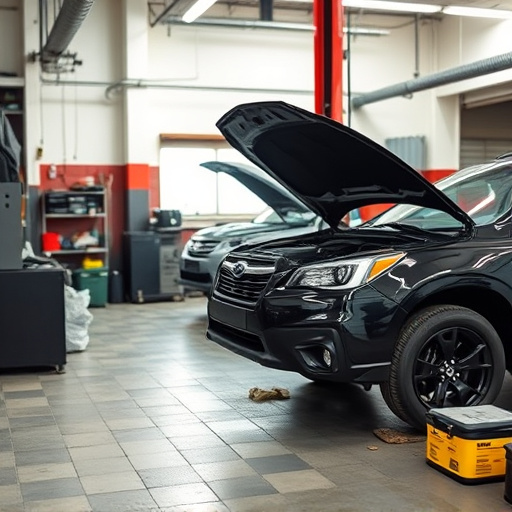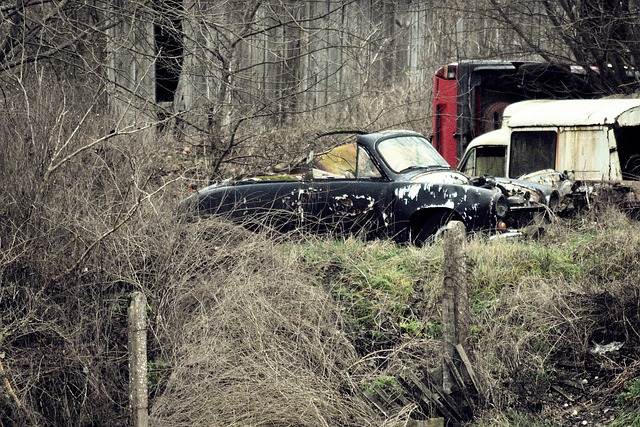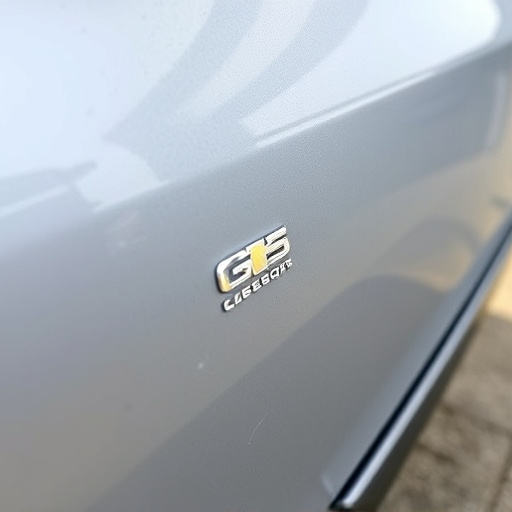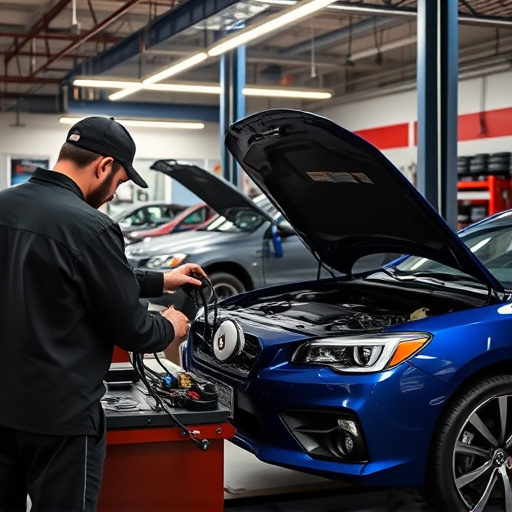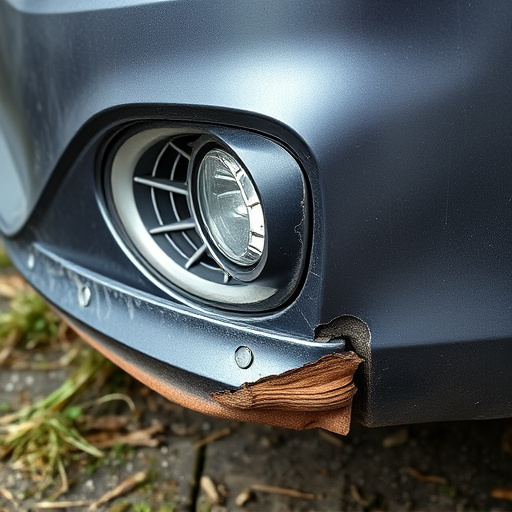Concours-level repair is a specialized art focused on reviving and preserving classic vehicles' original condition. It prioritizes historical accuracy, authenticity, and precision, requiring extensive research, period-correct materials, and methods. Restorers must master automotive history, design evolution, and era-specific challenges to maintain structural integrity while safeguarding cultural heritage for future enthusiasts.
In the realm of historical preservation, concours level restoration stands as a meticulous art form. This article delves into the paramount importance of historical accuracy in achieving pristine repairs akin to Concours standards. We explore the core principles guiding this precise process, highlighting how historical accuracy drives effective conservation efforts. Furthermore, we provide best practices for maintaining authentic concours-level repairs, ensuring that restored artifacts tell accurate, untarnished stories from the past.
- Understanding Concours Level Restoration's Core Principles
- The Impact of Historical Accuracy on Preservation Efforts
- Best Practices for Maintaining Authentic Concurs Repairs
Understanding Concours Level Restoration's Core Principles
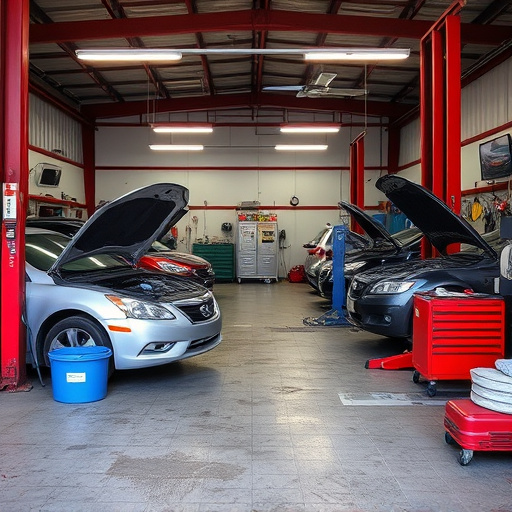
Concours level restoration is an art that demands a deep understanding of historical accuracy and meticulous attention to detail. At this elite level of repair, the goal is not merely to fix but to revive and preserve the original condition of vehicles, especially those considered classics or vintage models. This process involves more than just auto body repairs; it’s about recapturing the essence of the vehicle’s bygone era.
The core principles of concours-level restoration revolve around authenticity and precision. Auto repair services must accurately replicate the original design, features, and finishes while ensuring structural integrity. For example, in the case of a Mercedes Benz repair, restorers need to have a keen eye for the brand’s signature craftsmanship, down to the finest details, to meet the high standards set by concours judges. This level of restoration is not just about fixing dents or replacing parts; it’s about telling the vehicle’s story through meticulous conservation.
The Impact of Historical Accuracy on Preservation Efforts
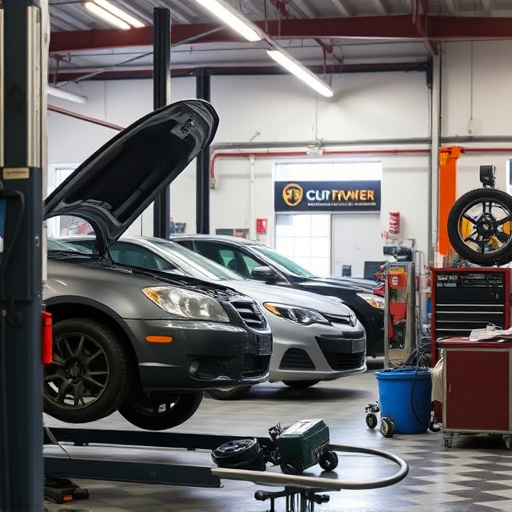
Achieving historical accuracy is paramount in concours-level restoration, as it ensures the authenticity and integrity of the restored object. This precision involves meticulous research, understanding, and recreation of every detail, from the materials used to the methods employed, mirroring the original craftsmanship. It’s not merely about recreating a vehicle to its former glory; it’s about preserving its historical context, ensuring that future generations can appreciate and understand the significance of the piece.
In the realm of luxury vehicle repair, especially for concours-level restoration, this level of accuracy is what sets apart exceptional auto repair services and collision repair specialists from the rest. The process demands a deep knowledge of automotive history, design evolution, and the unique challenges associated with each era. This dedication to historical accuracy not only enhances the visual appeal but also preserves the cultural heritage and value of these exquisite vehicles, making them more than just machines—living testaments of their times.
Best Practices for Maintaining Authentic Concurs Repairs
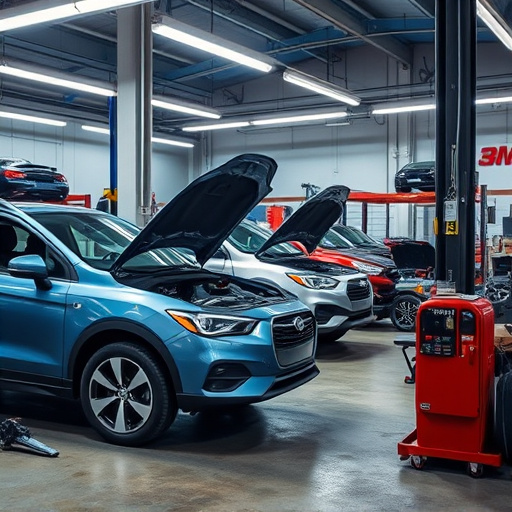
Maintaining historical accuracy in concours level restoration is an art that demands meticulous attention to detail. The best practices involve a deep understanding of the vehicle’s original specifications and construction methods. Restorers should research and replicate the exact materials, finishes, and techniques used during the car’s initial production, ensuring every element aligns with period-correct standards. This includes selecting authentic paint formulas, choosing the right types of trim and hardware, and even recreating unique design features that might be hard to source.
When undertaking concours repairs, it’s crucial to prioritize structural integrity while preserving historical authenticity. Skilled restorers should assess each damage scenario individually, opting for original replacement parts or expertly replicated pieces whenever possible. For instance, in the case of autobody repairs, aligning panel gaps and ensuring seamless finishes are vital. Similarly, auto glass replacement should adhere to period-specific designs and quality standards. These practices ensure that restored vehicles not only look their historical best but also withstand the test of time, preserving their value and integrity for future generations of car enthusiasts.
In conclusion, historical accuracy is paramount in concours level restoration, preserving not just the physical appearance but also the integrity and value of these iconic vehicles. By adhering to the core principles of this meticulous craft and implementing best practices for authentic repairs, restorers can ensure that classic cars continue to captivate and inspire future generations. This dedication to historical fidelity is what truly elevates concours-level repairs above mere replication, making them true works of art in their own right.


